Using Gallica to get to know your French ancestors
If you want to find more information about your French ancestors’ lives, you should use Gallica. It’s the digital library of the National library of France, and it’s a real gold mine. It offers more than 5 million digitized documents.
Here is a little overview of what you will be able to find on Gallica, and how to access this information.
Note: although most of the digitized documents are in French, the website has an English version that will help you navigate through it (although it is not perfect).
Old maps in Gallica
Gallica has a huge collection of old French maps digitized in good quality, including global maps of France or of French regions, and city maps. This will be very helpful if you want to locate the exact place where your ancestors lived.
To find a city map, select « maps » next to the search field (at the top of the homepage) and then type the name of the city (in French).

For example, for Paris, you will find more than 1,500 maps. If you’re looking for a map made at a specific period, you can refine the results by publication date (in the left column).
Another very helpful map for French history is the Cassini map. It was the first topographic map of the Kingdom of France made in the 18th century. It has recently been digitized in very high resolution, and can be found through this page.
From this page, you can either use the index map (“tableau d’assemblage“) and then access the map by page number (“accès par numéro de feuille“), or access the map by region (“accès par région“).
You can also access a selection of French maps (ordered by region) through this page.
Newspapers in Gallica
A great number of national and local newspapers from the 19th and 20th centuries have also been digitized on Gallica.
The advantage of Gallica is that you can do a direct search in the text of all the digitized newspapers. The search can be done by using the same search field as for maps, but by selecting “Press” instead of “Maps”.
You can look up your ancestor’s name or the name of his/her village to find articles from the press. The drawback is that if you look for a very common name, you will get too many results and have difficulty finding relevant information.
For a more precise research, you can search for an ancestor’s full name in quotation marks. An advanced search is also available.
For example: if you look for the surname “Cordelette” you will have too many results, because it is also a common name (meaning cord). Looking for “Georges Cordelette” will give you a smaller number of results. Be sure to also look for the full name in a different order (“Cordelette Georges” for example).
You can also look for your ancestors’ village to find some valuable information about its history or about events that your ancestors might have lived.
Encyclopédie de Diderot et d’Alembert in Gallica
The Encyclopédie is a famous 18th century encyclopedia that can also be found on Gallica.
One of its main interests is that it contains a lot of information about ancient occupations, and most importantly, many plates of figures showing the places of work and the tools that our ancestors would have used.
The plates are classified by type of work, and can be accessed through this link. To look for a specific occupation, you can use the refined search field in the left column.
For example : if one of your ancestors was a locksmith (“serrurier“), you will find many plates showing the tools that he would have used.
Other resources in Gallica
You will find many other resources on Gallica. It is difficult to list all the possibilities, but here is a small list of documents that can be of interest :
- Official publications (like the “Journal officiel de la République“) where you can find your ancestors’ nominations or decorations;
- Directories (mostly useful for finding business owners in Paris, like the “Annuaire-almanach du commerce“);
- Recordings (if you want to hear what your ancestors might have sounded like, like this recording of a conversation in Lorraine in 1912);
- Many documents about local history, reviews from historical societies, …
Gallica isn’t always easy to use (even for French people) so if you need advise on a specific research, feel free to ask in the comment section below!

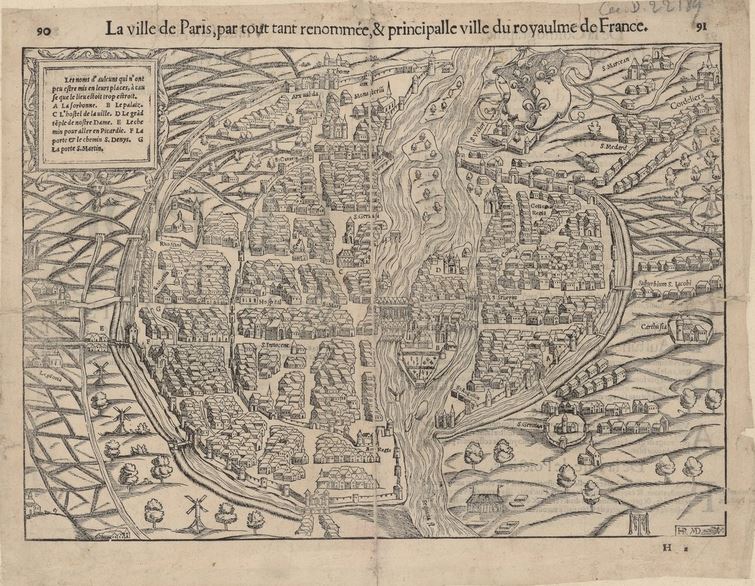
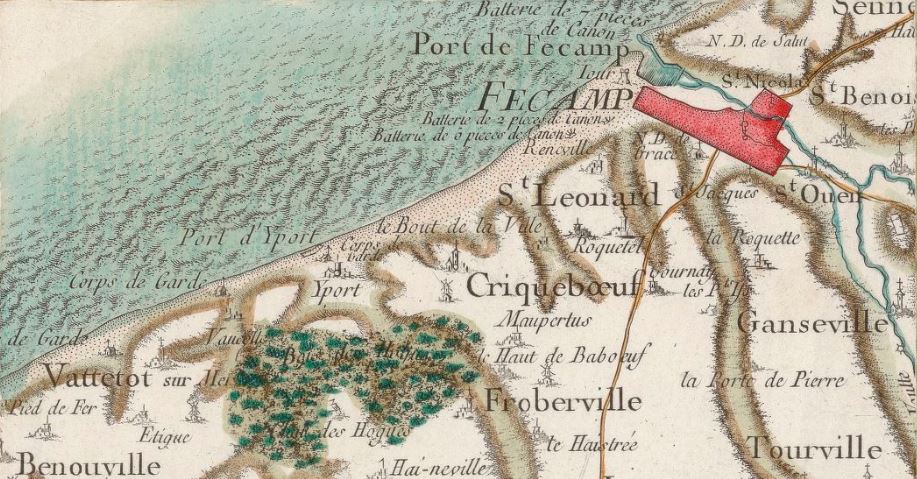
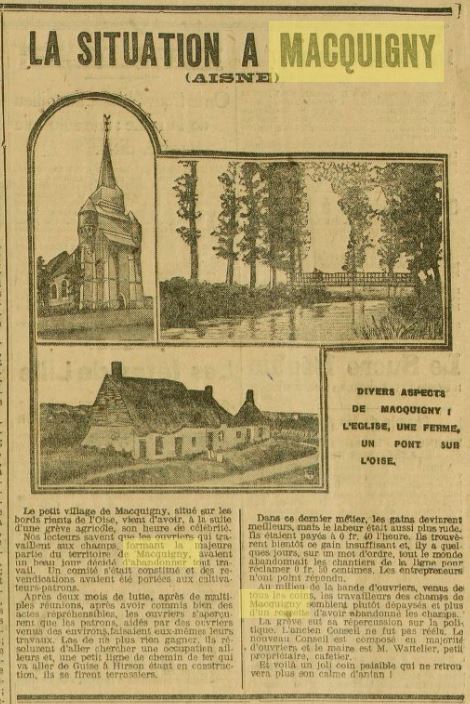

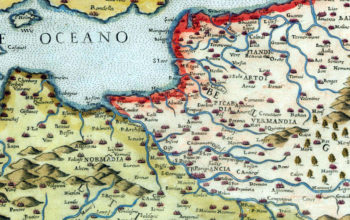

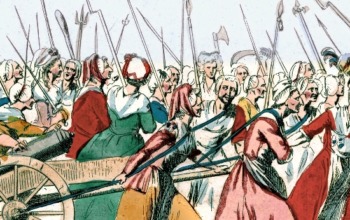
Are any French censuses for Brittany or the Dept of Morbihan digitized yet?
I can make family groups from the BMS or NMD records, but the gaps between years are quite large.
For the departement of Morbihan, you can find digitized census records (“recensements”) on this page: https://recherche.archives.morbihan.fr/archive/recherche/recensement/
Hi,
How do I find out the history of a particular building, We have bought a house in Apt Provence and have Roman Mosaic in the cave, but would love to know who lived here and what businesses were using it?
Hello,
To find out the history of a house, you have to use land registers and cadastral maps (“cadastre” in French). The maps are usually available online, on the Archives Départementales website (see here for Vaucluse). But if you want to know who owned the building, you will have to look at different records (“matrices cadastrales” and “états de section”), which are seldom available online. So you will have to go to the Archives Départementales of Vaucluse in Avignon to look at them.
Elise
Thanks Elise, we have been able to find out who owned the building, but were more interested in the businesses that were ran from it, we do know there was a Fromargerie in the early 1900’s but nothing else, as we are in the middle of the street any photos show either end and not us.